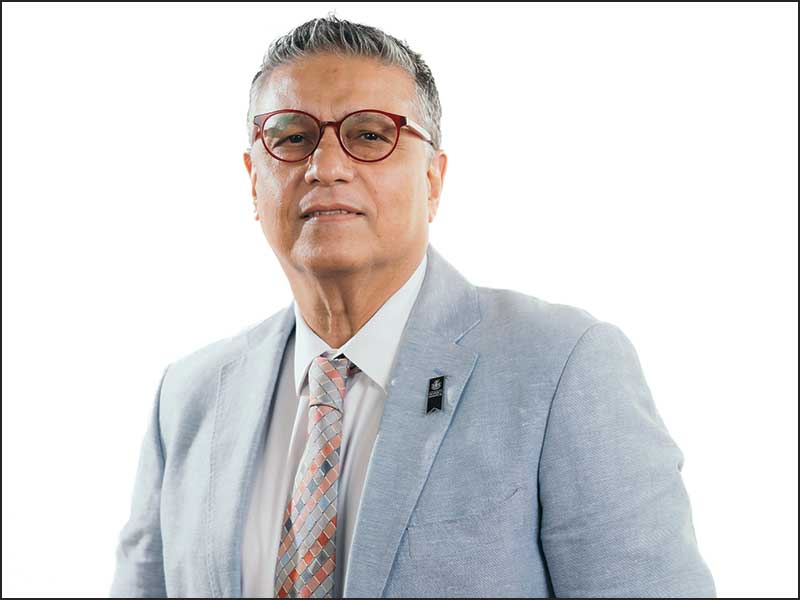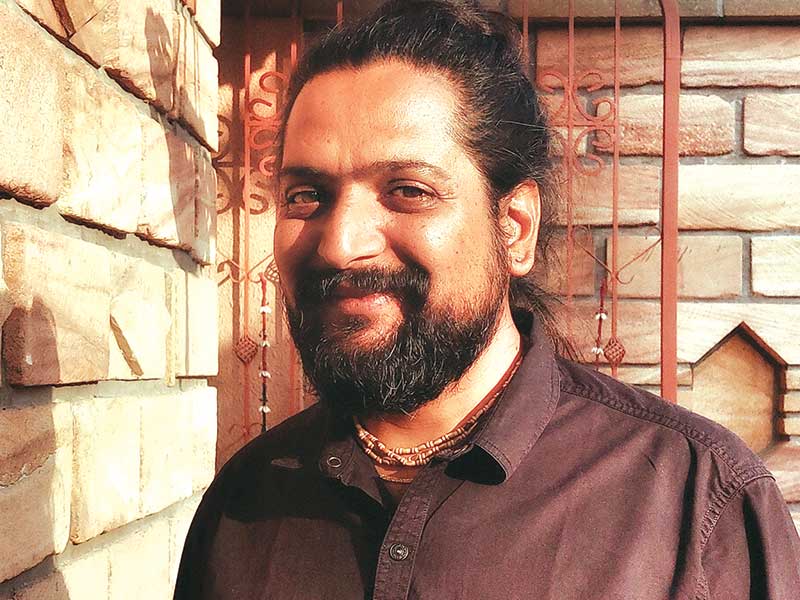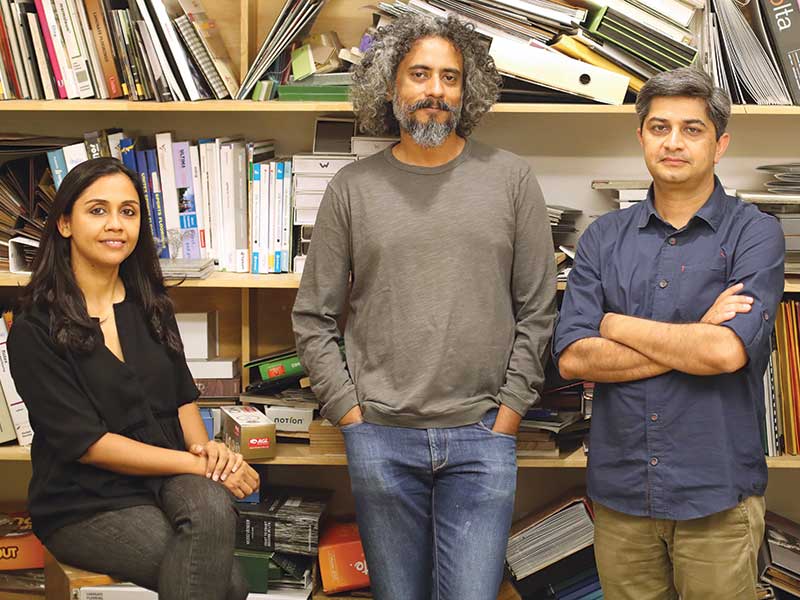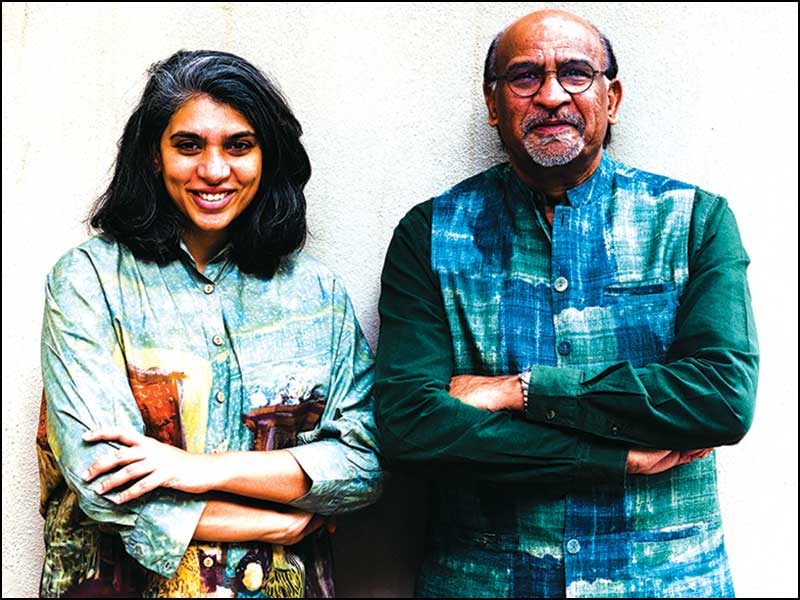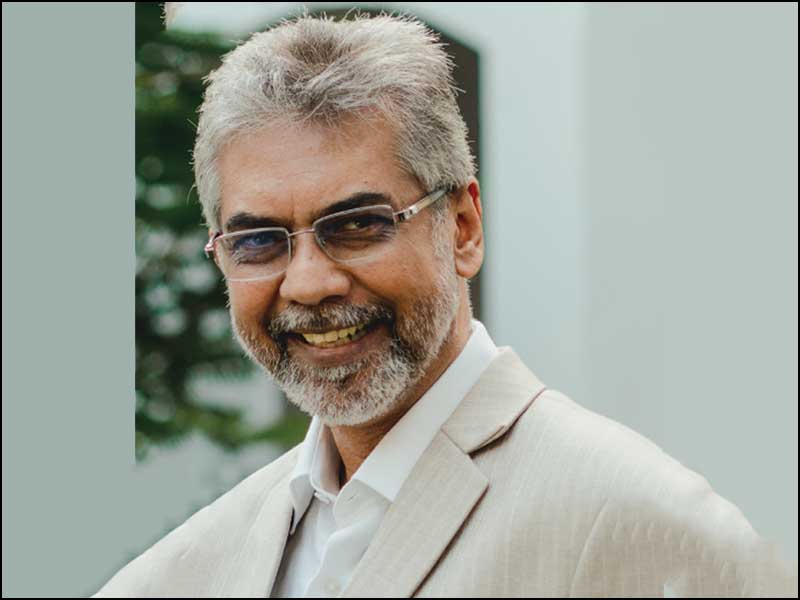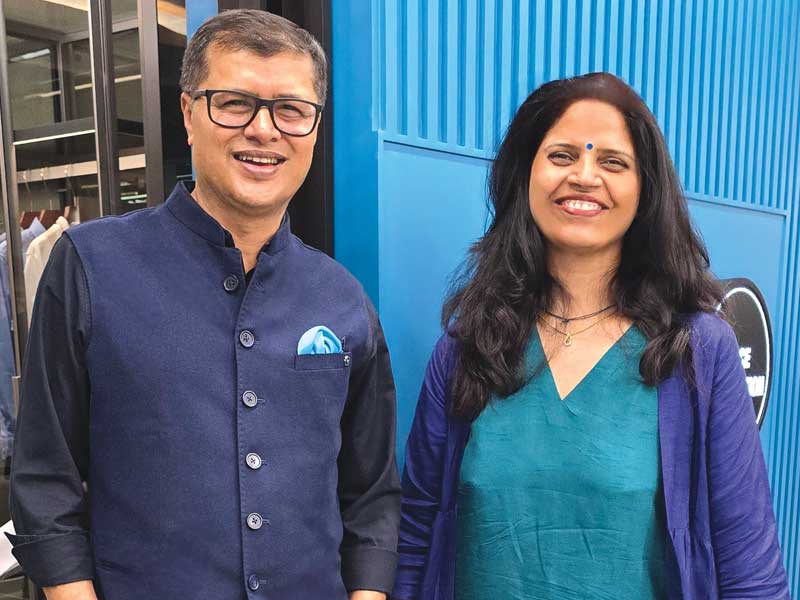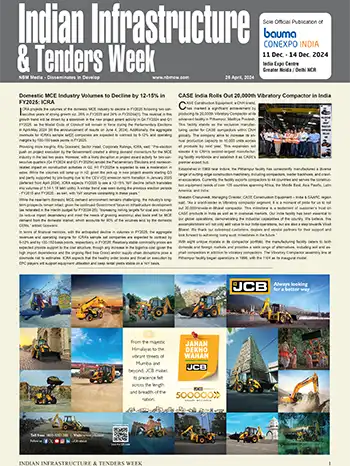
The transformation of lifestyles and the evolving urban milieu exert significant influence on the architectural fabric. With the burgeoning influx of individuals relocating to urban centres in pursuit of enhanced opportunities, there arises an urgent need for residential, commercial, and public spaces that cater comprehensively to diverse demographics.
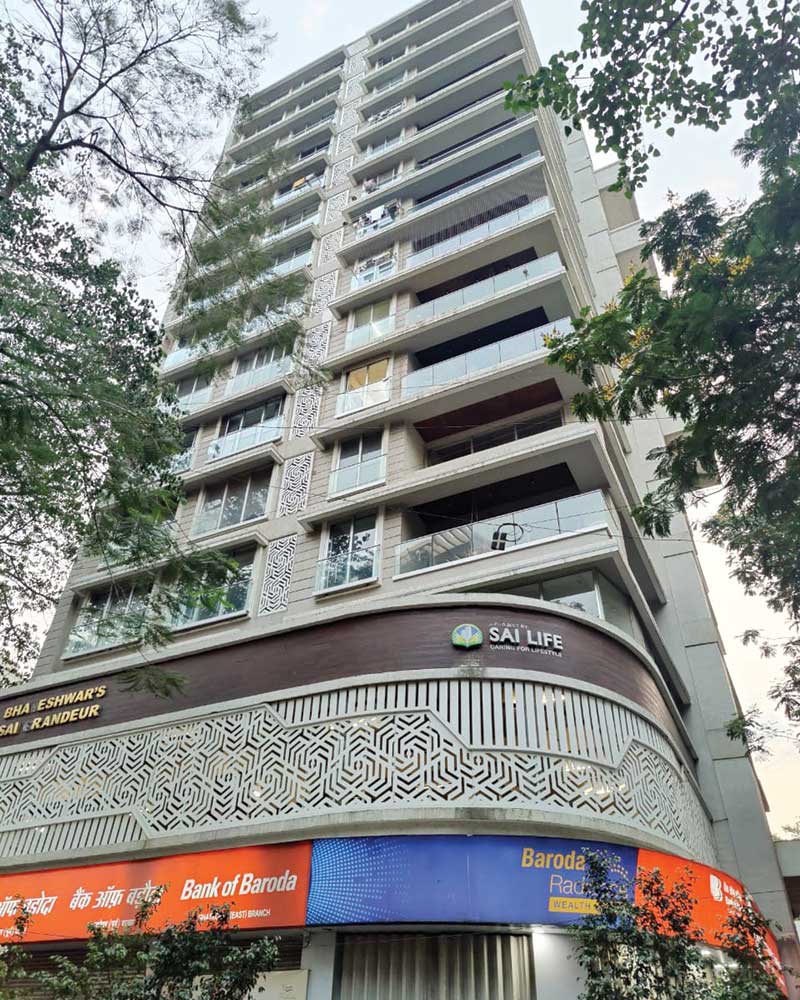
Central to this evolution is the emphasis on community-centric life. Despite the inclination towards more private living spaces, there is a growing recognition of the importance of community interaction and public spaces. Urban designs are increasingly incorporating areas that promote social cohesion, reflecting the enduring value of community in Indian culture. This approach seeks to foster a sense of belonging and collective identity among urban residents, counteracting the isolation that can accompany urban living. Parks, open spaces, and community centres are being designed as integral elements that contribute to the well-being of urban populations.
In essence, the aspirations of urbanisation in the future envisage cities that are more inclusive and reflective of India’s rich cultural diversity. The transformative phase of Indian architecture is shaped by the interplay of tradition and modernity along with individual needs and community values. As urbanisation continues to advance, the challenge for us as architects and planners will be to envision and create spaces that accommodate the multifaceted demands of urban life while preserving environmental and cultural integrity.

